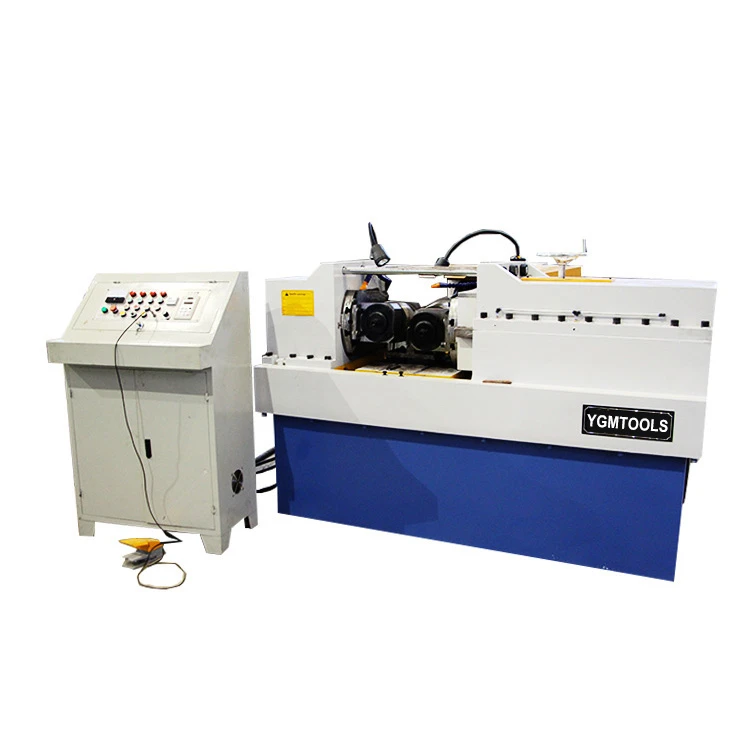
-
 Afrikaans
Afrikaans -
 Albanian
Albanian -
 Amharic
Amharic -
 Arabic
Arabic -
 Armenian
Armenian -
 Azerbaijani
Azerbaijani -
 Basque
Basque -
 Belarusian
Belarusian -
 Bengali
Bengali -
 Bosnian
Bosnian -
 Bulgarian
Bulgarian -
 Catalan
Catalan -
 Cebuano
Cebuano -
 Corsican
Corsican -
 Croatian
Croatian -
 Czech
Czech -
 Danish
Danish -
 Dutch
Dutch -
 English
English -
 Esperanto
Esperanto -
 Estonian
Estonian -
 Finnish
Finnish -
 French
French -
 Frisian
Frisian -
 Galician
Galician -
 Georgian
Georgian -
 German
German -
 Greek
Greek -
 Gujarati
Gujarati -
 Haitian Creole
Haitian Creole -
 hausa
hausa -
 hawaiian
hawaiian -
 Hebrew
Hebrew -
 Hindi
Hindi -
 Miao
Miao -
 Hungarian
Hungarian -
 Icelandic
Icelandic -
 igbo
igbo -
 Indonesian
Indonesian -
 irish
irish -
 Italian
Italian -
 Japanese
Japanese -
 Javanese
Javanese -
 Kannada
Kannada -
 kazakh
kazakh -
 Khmer
Khmer -
 Rwandese
Rwandese -
 Korean
Korean -
 Kurdish
Kurdish -
 Kyrgyz
Kyrgyz -
 Lao
Lao -
 Latin
Latin -
 Latvian
Latvian -
 Lithuanian
Lithuanian -
 Luxembourgish
Luxembourgish -
 Macedonian
Macedonian -
 Malgashi
Malgashi -
 Malay
Malay -
 Malayalam
Malayalam -
 Maltese
Maltese -
 Maori
Maori -
 Marathi
Marathi -
 Mongolian
Mongolian -
 Myanmar
Myanmar -
 Nepali
Nepali -
 Norwegian
Norwegian -
 Norwegian
Norwegian -
 Occitan
Occitan -
 Pashto
Pashto -
 Persian
Persian -
 Polish
Polish -
 Portuguese
Portuguese -
 Punjabi
Punjabi -
 Romanian
Romanian -
 Russian
Russian -
 Samoan
Samoan -
 Scottish Gaelic
Scottish Gaelic -
 Serbian
Serbian -
 Sesotho
Sesotho -
 Shona
Shona -
 Sindhi
Sindhi -
 Sinhala
Sinhala -
 Slovak
Slovak -
 Slovenian
Slovenian -
 Somali
Somali -
 Spanish
Spanish -
 Sundanese
Sundanese -
 Swahili
Swahili -
 Swedish
Swedish -
 Tagalog
Tagalog -
 Tajik
Tajik -
 Tamil
Tamil -
 Tatar
Tatar -
 Telugu
Telugu -
 Thai
Thai -
 Turkish
Turkish -
 Turkmen
Turkmen -
 Ukrainian
Ukrainian -
 Urdu
Urdu -
 Uighur
Uighur -
 Uzbek
Uzbek -
 Vietnamese
Vietnamese -
 Welsh
Welsh -
 Bantu
Bantu -
 Yiddish
Yiddish -
 Yoruba
Yoruba -
 Zulu
Zulu
Custom Thread Rolling Machines for OEM Applications and Precision Manufacturing Solutions
Introduction to OEM Thread Rolling Machines
In the manufacturing industry, precision and efficiency are paramount. Among the various techniques employed for producing high-quality threaded components, thread rolling stands out as one of the most effective methods. This process, often facilitated by OEM (Original Equipment Manufacturer) machines, has garnered significant attention for its ability to create robust threads with enhanced mechanical properties.
What is Thread Rolling?
Thread rolling is a cold forming process that creates threads on a cylindrical workpiece. Unlike conventional machining methods that remove material, thread rolling displaces material from the surface to form threads. This results in minimal waste, making it a highly efficient method. The process is characterized by its ability to produce threads with outstanding strength and precision, catering to various industries including automotive, aerospace, and construction.
The Role of OEM Thread Rolling Machines
OEM thread rolling machines are specifically designed to meet the diverse needs of manufacturers looking to produce threaded components at scale. These machines are built to provide consistent performance, durability, and a lower total cost of ownership. An OEM machine typically comes equipped with advanced technology that integrates seamlessly into existing production lines, allowing manufacturers to optimize their operations.
Benefits of OEM Thread Rolling Machines
1. Efficiency OEM thread rolling machines are engineered for high-speed production, significantly reducing cycle times. This efficiency translates into higher output and lower manufacturing costs.
oem thread rolling machine

2. Precision With advanced controls and automation features, these machines provide precise thread profiles that adhere to stringent industry standards. The ability to consistently reproduce specifications ensures that components fit perfectly, reducing the likelihood of errors during assembly.
3. Material Savings Since thread rolling is a non-cutting process, it minimizes material waste. This efficiency not only lowers costs but also contributes to sustainable manufacturing practices by reducing the environmental impact associated with material consumption.
4. Superior Mechanical Properties Components produced via thread rolling exhibit superior mechanical properties, including increased tensile strength and resistance to fatigue. This is particularly important in industries where safety and reliability are critical.
5. Versatility OEM thread rolling machines are adaptable to various materials and thread designs, making them suitable for a wide range of applications. Whether it’s steel, aluminum, or other alloys, these machines can handle diverse threading requirements.
Conclusion
The demand for high-quality threaded components continues to grow across multiple industries. OEM thread rolling machines play a crucial role in meeting this demand by offering a combination of efficiency, precision, and cost-effectiveness. By investing in these advanced machines, manufacturers can enhance their production capabilities, reduce waste, and improve the overall quality of their products.
As the industry moves forward, the role of technology in manufacturing will only increase. OEM thread rolling machines represent a significant step toward modernizing production processes, ensuring that companies can compete effectively in an ever-evolving market. Embracing these innovations not only leads to better operational performance but also positions manufacturers to be more responsive to the changing needs of their customers. In conclusion, the integration of OEM thread rolling machines into production lines is not just a trend; it is a strategic move towards operational excellence and sustainability in manufacturing.
